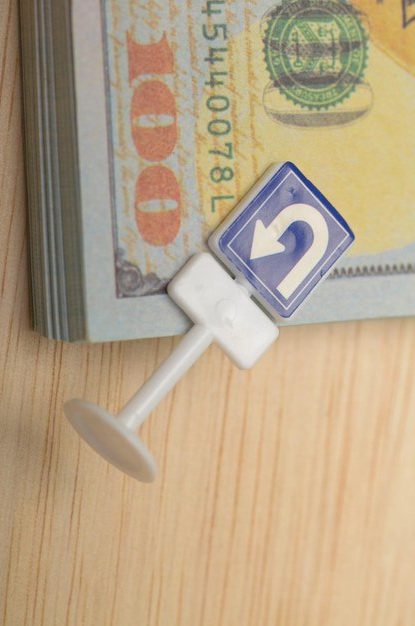How to Fix Non-Compliant Imported Goods and Protect Your Business
Imagine this—you’ve spent months sourcing the right supplier, finalizing contracts, and arranging logistics. The shipment finally arrives, but when you open the containers, something is off. Maybe the labels are incorrect, the product quality doesn’t match the specifications, or worse, critical certifications are missing. At this point, frustration sets in, and you’re left wondering: What now?
Non-compliant imported goods are a nightmare for any importer. Delays, financial losses, and legal issues can pile up quickly if the situation isn’t handled properly. But the good news is, there are clear steps you can take to protect your business, recover losses, and keep things moving forward.
In this blog, we’ll walk you through the best practices for handling non-compliant imported goods, how Incoterms impact your responsibilities, and the steps you can take to minimize risks and safeguard your business.










